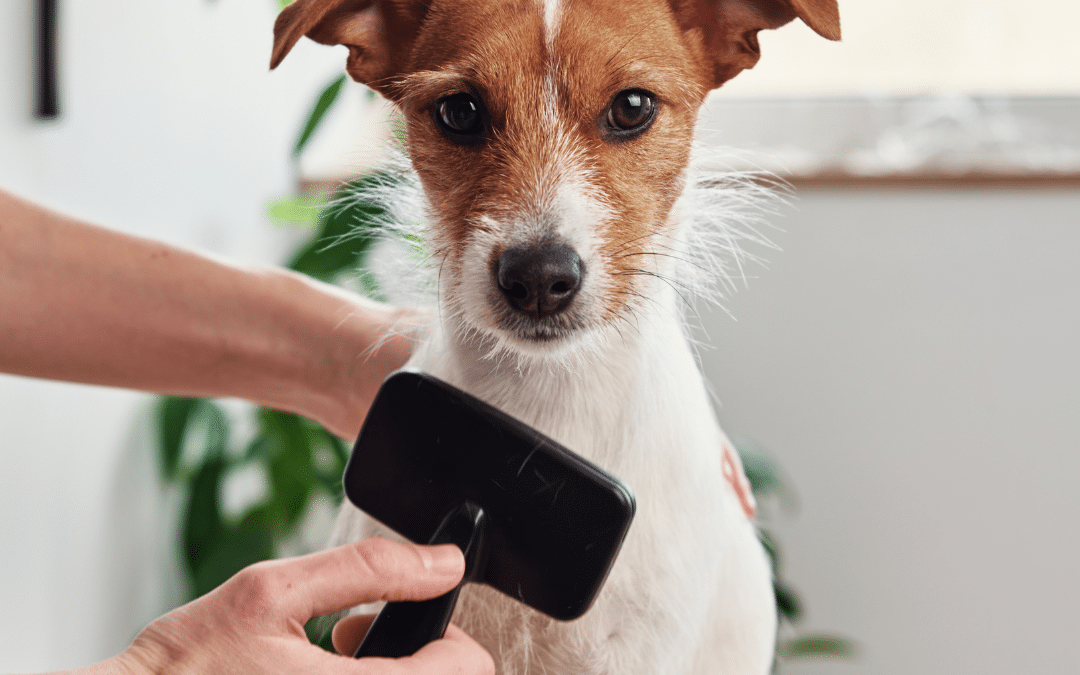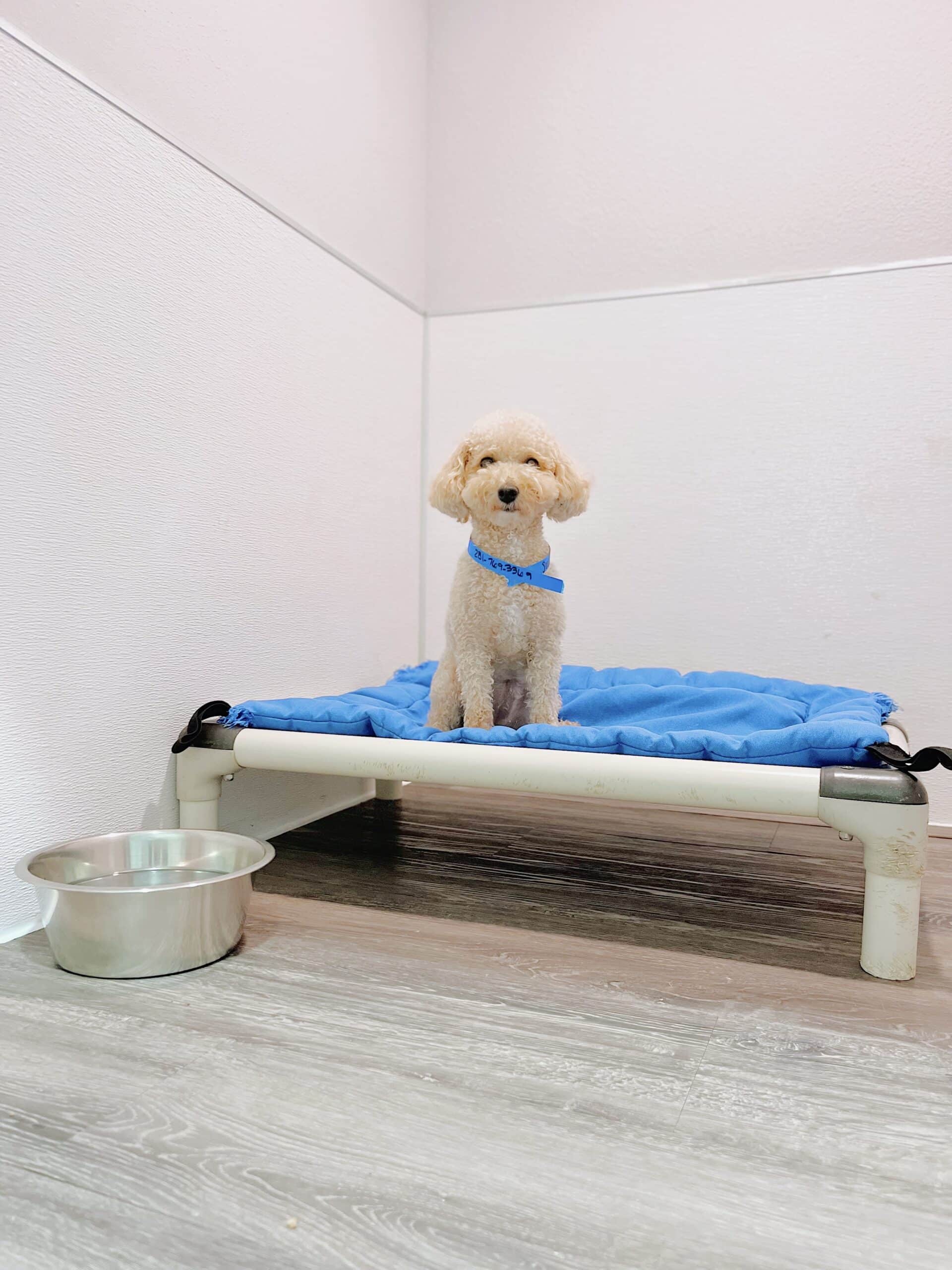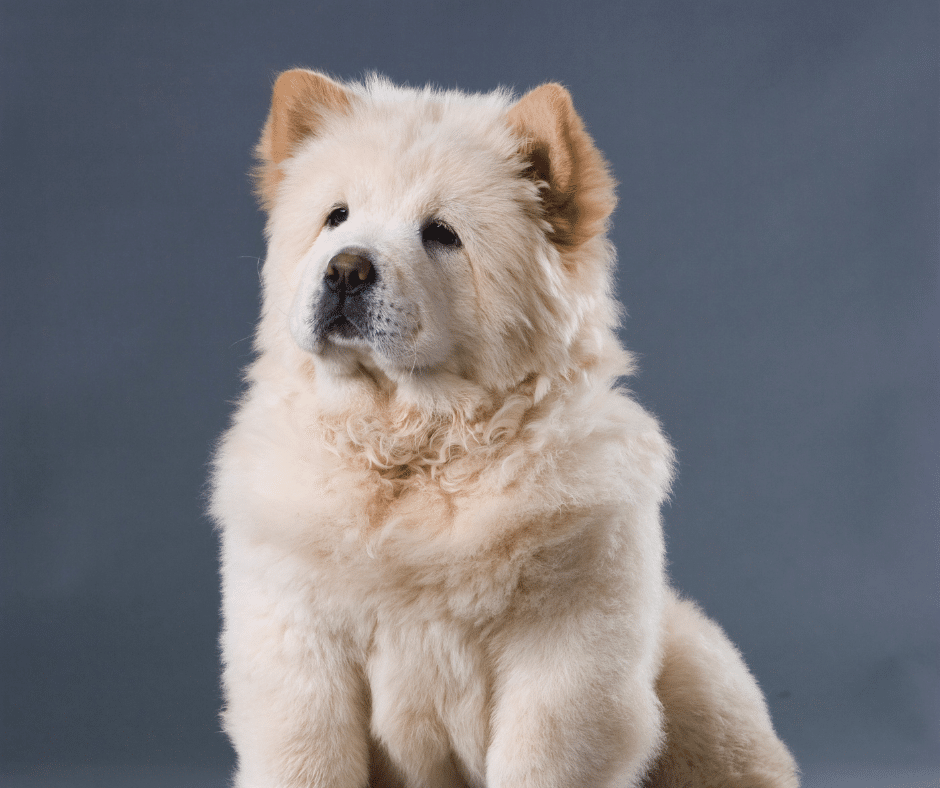Understanding the Basics of Pet Grooming
Grooming is an essential component of pet care, providing more than just an aesthetic benefit to your furry friend. At its core, routine grooming involves a series of practices that help maintain your pet’s cleanliness, enhance their health, and contribute to their overall well-being. By understanding the fundamentals of these practices, pet owners can ensure their beloved companions enjoy a healthier, more comfortable life.
One of the primary aspects of grooming is regular brushing, which serves multiple purposes. Not only does it help remove dirt and debris from your pet’s coat, but it also stimulates natural oils in their skin. This stimulation promotes a healthy, shiny coat and can prevent matting, which is especially important for pets with longer hair. Additionally, brushing can be an excellent opportunity for bonding, as it allows you to spend quality time with your pet while also checking for any unusual lumps or skin irritations.
Beyond brushing, grooming encompasses other critical activities such as bathing, nail trimming, and ear cleaning. Bathing your pet helps remove accumulated dirt and excess oils, although the frequency depends on your pet’s breed and lifestyle. Nail trimming is crucial to prevent overgrowth, which can lead to discomfort or even injury. Ear cleaning is often overlooked but is vital in preventing infections, particularly in breeds prone to ear issues.
Ultimately, understanding the basics of pet grooming equips you with the knowledge to keep your pet healthy and content. Regular grooming not only enhances your pet’s physical appearance but also plays a pivotal role in maintaining their health and happiness. By incorporating these grooming practices into your routine, you can foster a deeper bond with your pet while ensuring their long-term well-being.
How Grooming Affects Your Pet’s Skin Health
Grooming is often perceived as a superficial aspect of pet care, yet it plays a pivotal role in maintaining your pet’s overall skin health. The skin is the largest organ of the body, acting as the first line of defense against environmental elements, parasites, and infections. Regular grooming sessions can help ensure that your pet’s skin remains healthy and resilient.
Removing Dirt and Debris
One of the primary benefits of grooming is the removal of dirt, debris, and dead skin cells. These elements, if left unchecked, can clog pores and create an environment conducive to bacterial growth. Regular baths and brushing help maintain a clean skin surface, reducing the likelihood of infections and skin irritations.
Preventing Parasite Infestations
Grooming also plays a critical role in the early detection of parasites such as fleas and ticks. By routinely examining your pet’s coat during grooming, you can spot these unwelcome guests before they cause significant harm. Early detection allows for prompt treatment, preventing more severe skin conditions caused by bites and infestations.
Promoting Healthy Blood Circulation
Brushing not only removes unwanted particles but also stimulates blood circulation. Enhanced circulation delivers essential nutrients and oxygen to the skin, promoting healing and rejuvenation. This can lead to a shinier, healthier coat that is less prone to shedding and breakage.
In summary, routine grooming is more than a cosmetic necessity; it is a fundamental aspect of maintaining your pet’s skin health. Through regular care, you can ensure your pet’s skin remains a robust shield against potential health threats, enhancing both their comfort and well-being.
The Impact of Regular Brushing on Your Pet’s Coat
Regular brushing is more than just a cosmetic practice; it is a vital component of maintaining your pet’s overall health and well-being. When you incorporate routine grooming into your pet care regimen, you’re not only enhancing their appearance but also contributing significantly to their physical health. The act of brushing stimulates the skin, promoting increased blood circulation that, in turn, supports healthier hair growth. Moreover, it distributes natural oils throughout the coat, ensuring it remains glossy and well-nourished.
One of the most immediate benefits of regular brushing is the reduction of shedding. By removing loose hair and dander, you minimize the amount of fur your pet leaves around your home. This practice is particularly beneficial for breeds prone to heavy shedding, such as Golden Retrievers or Maine Coons. Additionally, brushing helps prevent the formation of mats and tangles, which can cause skin irritation and discomfort if left unchecked.
Beyond the physical benefits, the grooming process also serves as an opportunity for bonding. It allows you to spend quality time with your pet, reinforcing your relationship and building trust. Furthermore, regular grooming sessions provide a chance to conduct quick health checks, allowing you to spot any unusual lumps, bumps, or skin issues early on.
In conclusion, the simple act of brushing your pet regularly is an indispensable part of their care routine, ensuring they remain healthy, happy, and comfortable. By investing a little time each week, you contribute significantly to their long-term health and happiness.
Why Bathing is Essential for Your Pet’s Well-Being
Bathing is not merely a cosmetic activity for your pet; it is a fundamental aspect of maintaining their overall health and well-being. Regular baths play a crucial role in ensuring your furry companion stays clean, comfortable, and healthy. Beyond the obvious benefit of cleanliness, bathing removes dirt, allergens, and parasites from your pet’s coat, which can prevent a host of skin conditions and infestations that could otherwise compromise their health.
For instance, a pet’s skin can accumulate dead cells, oils, and grime over time, which can lead to the development of unpleasant odors and even infections if left unchecked. Bathing helps to unclog pores, which in turn allows your pet’s skin to breathe and regenerate properly. This process is essential for preventing issues such as dandruff or dermatitis, conditions that can cause your pet significant discomfort.
Moreover, regular bathing sessions offer an excellent opportunity for you to inspect your pet for any unusual signs like lumps, bumps, or sores. Identifying these issues early on during bath time enables timely veterinary intervention, potentially averting more severe health problems down the line. Additionally, the act of bathing can be a bonding experience, fostering trust and strengthening the emotional connection between you and your pet.
In summary, bathing is an indispensable part of pet care, contributing significantly to their physical health and enhancing your relationship with them. By maintaining a regular bathing schedule, you ensure your pet leads a vibrant and healthy life while enjoying a strong bond with you.
The Importance of Keeping Your Pet’s Nails Trimmed
Ensuring your pet’s nails are regularly trimmed is not merely a cosmetic concern; it’s a crucial aspect of their overall health and well-being. While it might seem like a minor task, neglecting this simple grooming activity can lead to a slew of health issues that may affect your pet’s quality of life. Let us delve into the multifaceted importance of maintaining your furry friend’s nails at an optimal length.
Avoiding Pain and Discomfort
Overgrown nails can curl into your pet’s paw pads, causing pain, discomfort, and even infections. This situation is especially prevalent in indoor pets who might not naturally wear down their nails through regular outdoor activity. When nails are too long, they can lead to difficulties in walking, forcing your pet to adjust their gait, which may result in skeletal misalignments and joint pain over time.
Improved Mobility and Safety
Regular trimming ensures better mobility for your pet. Long nails might catch on carpets, furniture, or even in the grass, leading to broken nails which can be painful and bleed. Furthermore, properly trimmed nails can prevent slipping accidents on smooth surfaces, which is particularly important for older pets who might already struggle with balance and coordination.
Maintaining Proper Posture
When your pet’s nails are excessively long, it can force them to walk on the sides of their paws, leading to poor posture. This unnatural positioning can strain their muscles and joints, potentially giving rise to chronic issues as they age.
In conclusion, regular nail trimming is a simple yet profoundly important practice that contributes significantly to your pet’s health. By incorporating this routine grooming activity, you are actively enhancing your pet’s comfort, safety, and overall quality of life, ensuring they remain active and happy companions for years to come.








Recent Comments